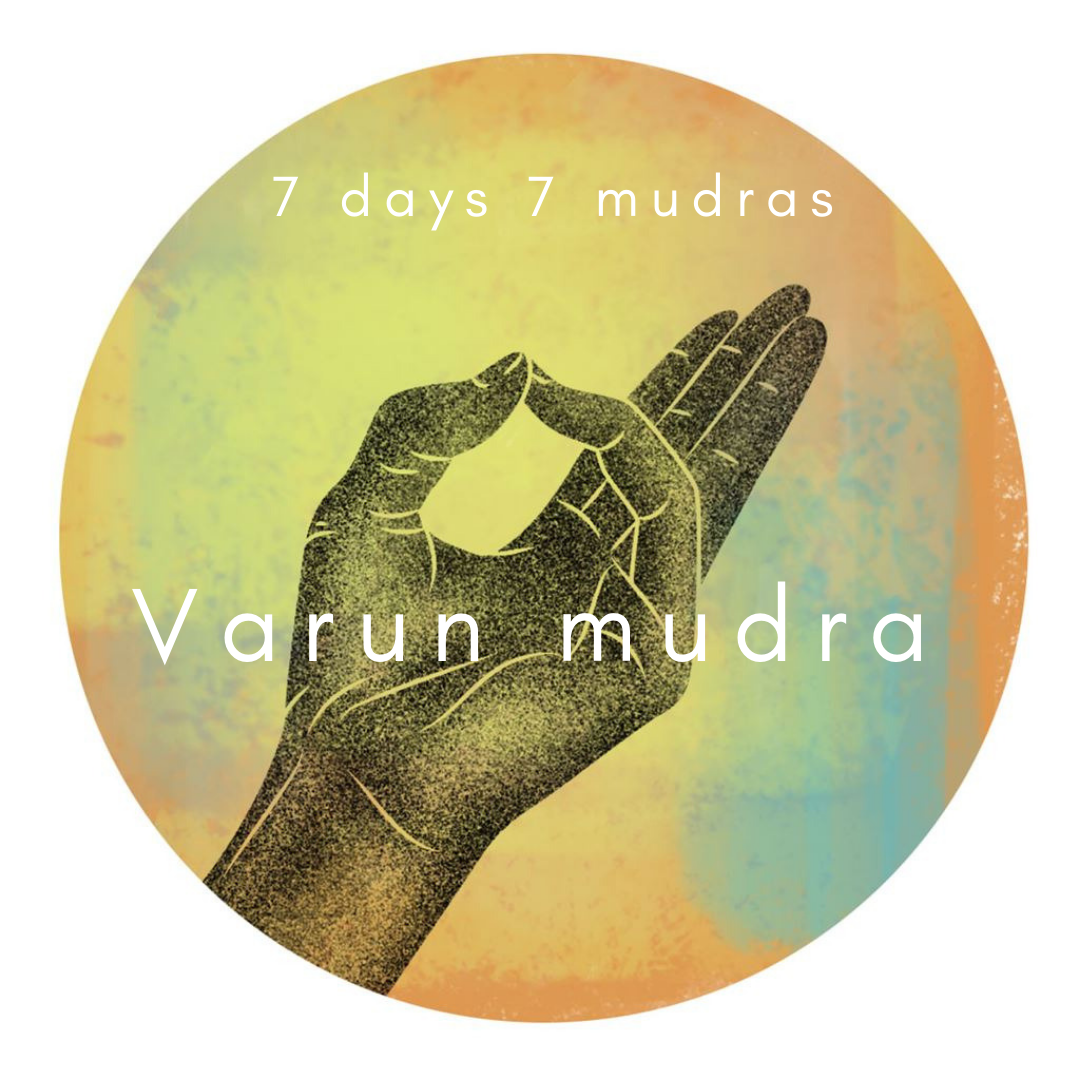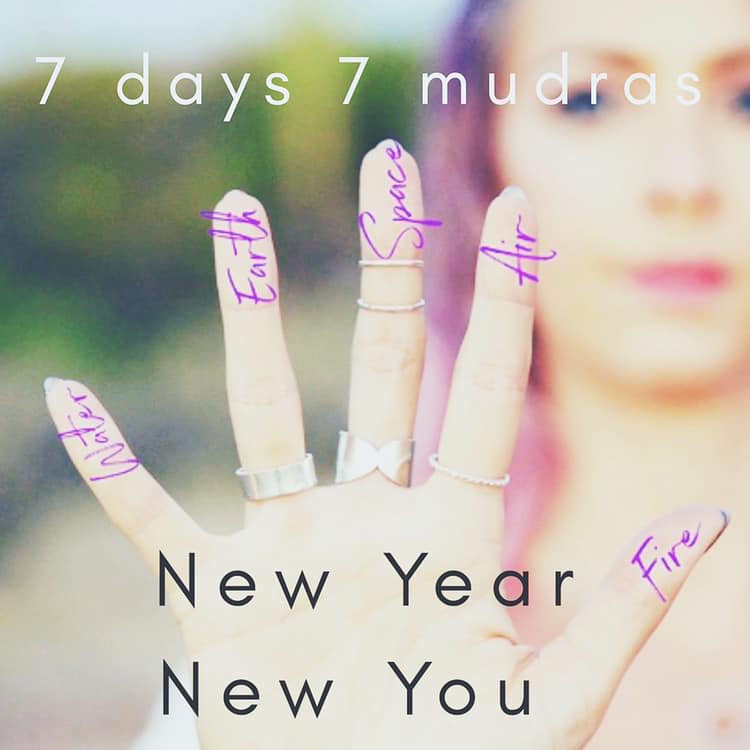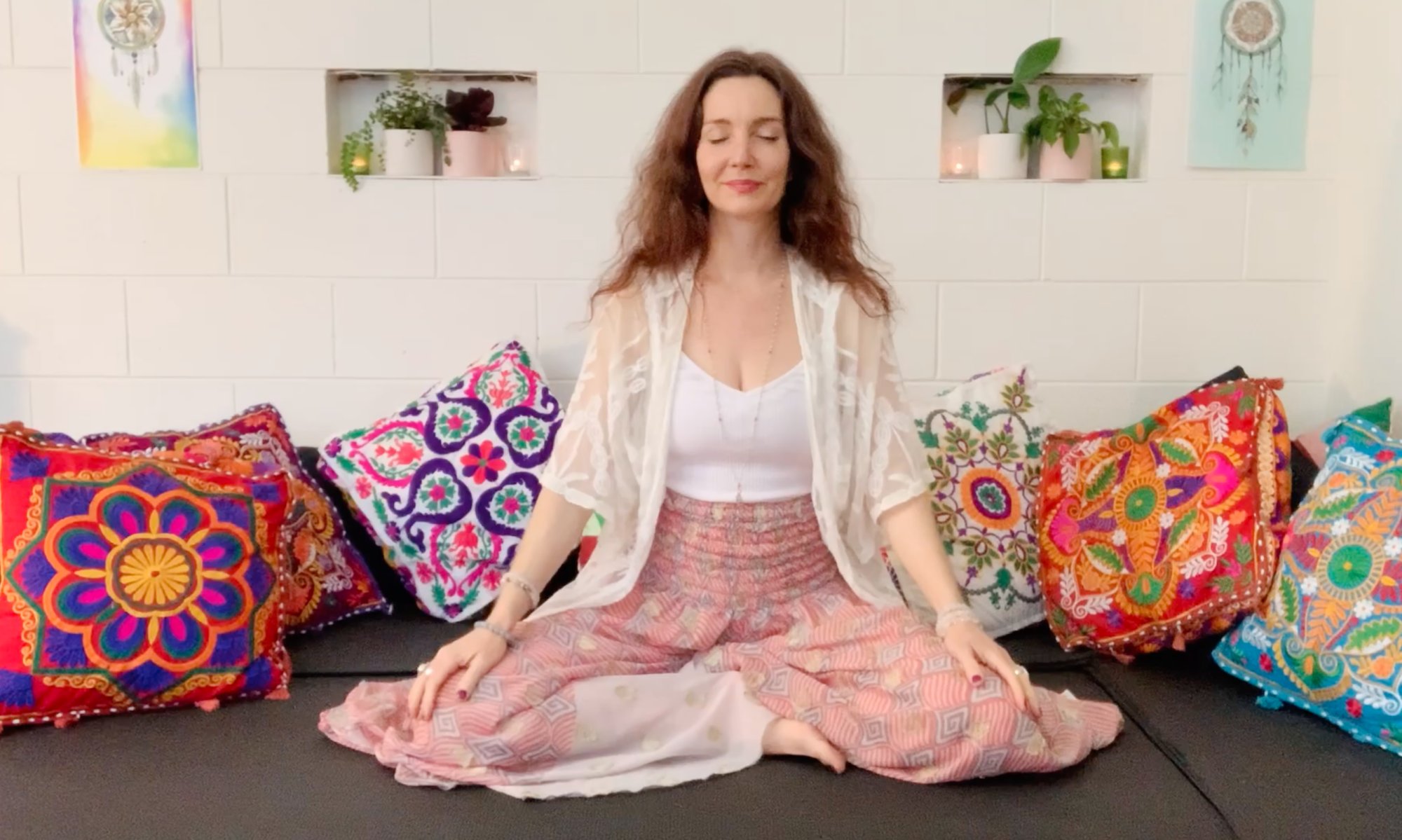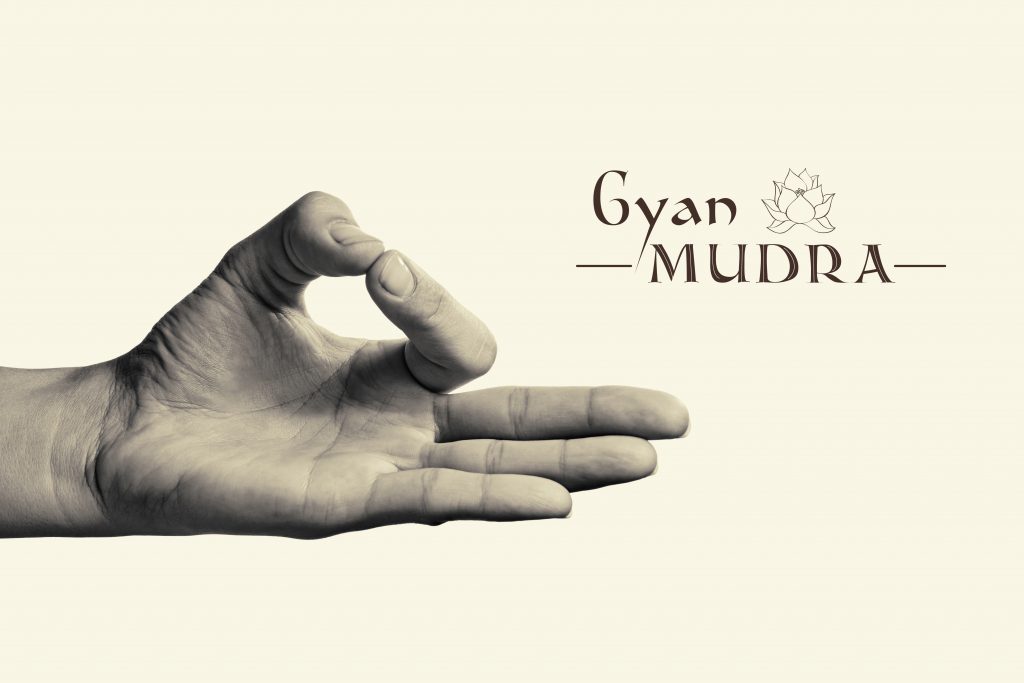
VARUN MUDRA
The Varun Mudra helps you to clearly and intuitively communicate. It also helps to balance the water content in your body by activating fluid circulation through the body, keeping it moisturized. This leads to healing for many skin conditions, blood conditions, osteoarthritis, digestive issues and to a natural glow of the skin.
Varun mudra is associated with mental clarity. It is based on a simple principle that communication is vital. We need to communicate clearly and assertively in order to achieve a healthy and fruitful life.
Varun mudra is also known to balance the water element in the body, and is named for Varun the Hindu god of water.
HOW TO DO THE VARUN MUDRA
The little (pinky) finger and thumb tips are lightly touching, and the remaining three fingers are held out gently, but not rigid.
There is no time limit on this mudra, you can do it any time and anywhere, however, sitting cross-legged is recommended and I recommend you remain in the mudra for at least five minutes.
As with any hasta (hand) mudra, Varun mudra can be practiced while seated, prone, standing or even walking – as long as the body is relaxed and the posture is symmetrical. It is particularly beneficial when meditating.
Because therapeutic mudras are believed to balance the elements in the body within 45 minutes, it is recommended that Varun mudra be practiced three times daily for 15 minutes each time to obtain its health benefits.
WHAT THE FINGER PLACEMENTS REPRESENT
The Varun Mudra is known as the “seal of mental clarity”. When the two fingers are placed together it is meant to symbolize and encourage openness and fluid communication.
MUDRA PRACTICE
Although mudras show immediate effects, most need time 30-45 minutes (this can be spread throughout the day) over an extended period of time.
I recommend using this mudra in a meditation practice, either 30 minutes, two lots of 20 minutes, three lots of 15 minutes or five rounds of 5 minutes across the day. You can practise mudras sitting, standing, lying down, walking. Almost anywhere really.
This mudra is best practiced sitting. I suggest trying at least 5 minutes in meditation and then you can bring the mudra in to other parts of your day, sitting at your desk.
BENEFITS
Practising Varun mudra is thought to cure or provide relief from a range of diseases and ailments that result from a lack of water in the body, including:
• Digestive issues like indigestion and constipation
• Skin disorders such as eczema and psoriasis
• Osteoarthritis
• Anemia and other blood-related problems
• Disorders related to the bladder and kidneys
• Dehydration
Varun mudra is also beneficial for dry mouth, dry eyes, dry skin and dry hair, as well as a loss of taste and other tongue disorders.
Anyone who has a problem with water retention or who is suffering from a severe cold or cough should avoid this mudra.

WHAT ARE MUDRAS AND WHY ARE THEY POWERFUL?
In Sanskrit, mudra means “seal”, “mark” or “gesture.” Mudras are gestures (often of the hands but in Sattva Yoga we also use mudras of the eyes and tongue, and other body techniques).
Mudras act as psychic energy seals that create energetic shifts in the mental, physical and energetic body through guiding the energetic flow and harnesssing the bodily reflex stimulus to the brain.
The tips of your fingers, crown of your head, and feet are where energy leaves your body. You can practice mudras to channel that energy back into your body.
THE ELEMENTS OF THE HAND
The hand has three gunas, or qualities, and every finger has its own energy and its own elements.
In yogic philosophy the three gunas, fundamental forces, are tamas, rajas, and sattva. They interact to create all of the known Universe (Prakriti), and can be increased or decreased by using mudras.
Sattva manifests as balance, inspiration, and knowledge of what is real. Tamas is a heavy, mindless energy that causes ignorance and inaction. Rajas is the energy of change, manifesting as passion, pain, desire, and effort, and it can lead you to sattva or tamas but is often characterized as attachment to outcomes and unsteadiness.
Your hand has each of these three guna characteristics, and each finger is associated with an element.
Thumb Divine activator, Agni (Fire), Manipura chakra
Index Finger Individual Soul (Jiva), Vaayu (Air), Anahata chakra
Middle Finger Sattva Guna (Purity/Light), Akasha (Ether/Space), Vissuddha chakra
Ring Finger Rajas Guna (Passion/Fire) Prithvi (Earth), Muladhara chakra
Little Finger Tamas Guna (Inertia/Darkness) Jal (Water), Swadisthana chakra
A MUDRA FOR EVERYTHING
You can use mudras to increase, decrease or stabilise the gunas and specific elements. Whatever you need in your life, there is a mudra for it!
Some mudras show immediate effects, yet most need time 30-45 minutes (can be spread throughout the day) over an extended period of time.
You may notice some of the names I use are different from what you may be used to. My teacher comes from the Himalayan yoga tradition and so I use the names as he teaches them. Teachers from other traditions may used varied terminology.
NEW YEAR NEW YOU
Why a new you? There’s nothing wrong with the ‘old you’ but the only real constant in life is change. So you can make this change conscious, harnessing intention and practice to steer change in an evolutionary direction, or you can just be at the mercy of old, unconscious behavioural patterns and programming.
New Year is a wonderful time to set the intention of renewal. But really our cells are renewing constantly so we can renew our body anytime.
Mudras are a powerful component of Sattva Yoga as well as a technology you can use on their own.
Over the next 7 days I am going to share my favourite mudras with you. And talk about how mudras work and what they can do for you.
I recommend trying each mudra for a day and at the end of the 7 days, if you feel inspired, choosing a mudra to practice with daily for a 21 day meditation practice or sadhana.
Drop me a comment and let me know how you go. I love hearing stories of the effects of these subtle but powerful practices.
Hari om tat sat. Namaste. Blessings.
Christina at Raw Mojo
ॐ
Check out upcoming Sattva Yoga and Chakradance classes here



